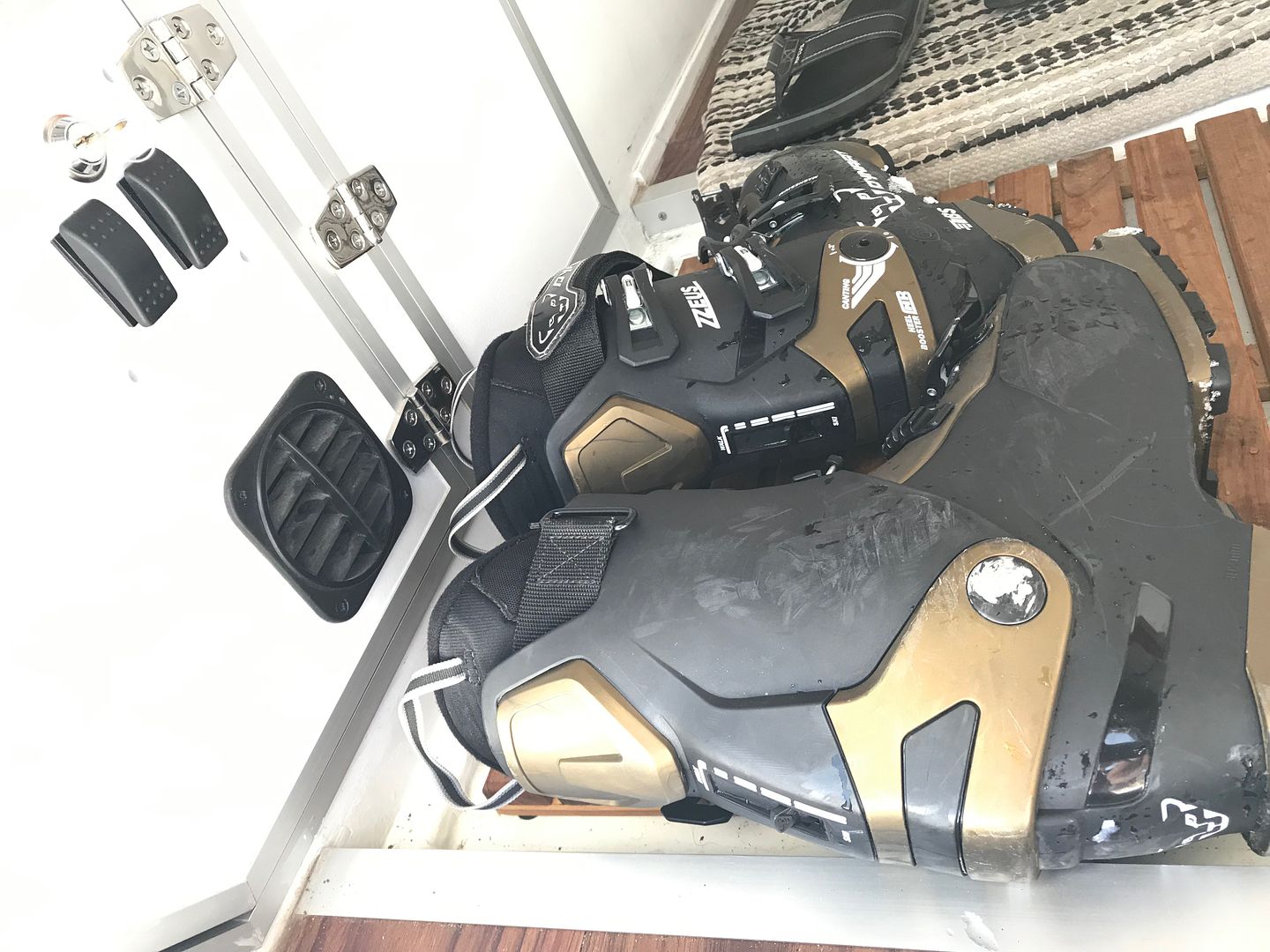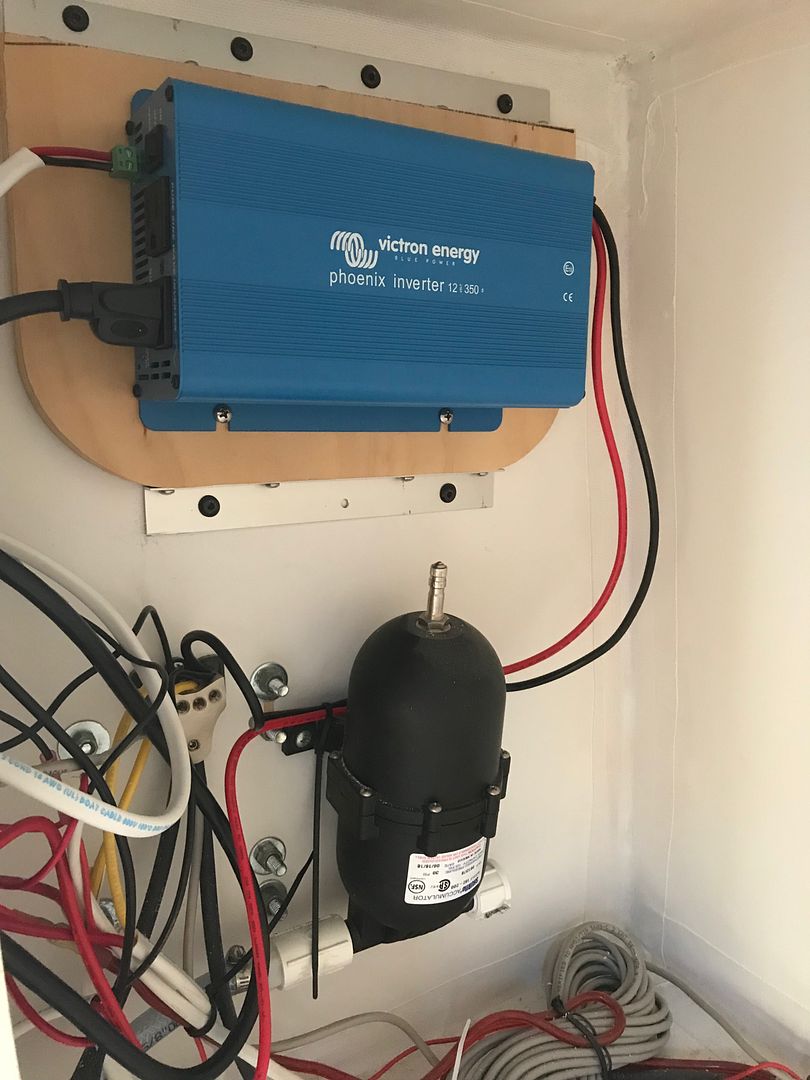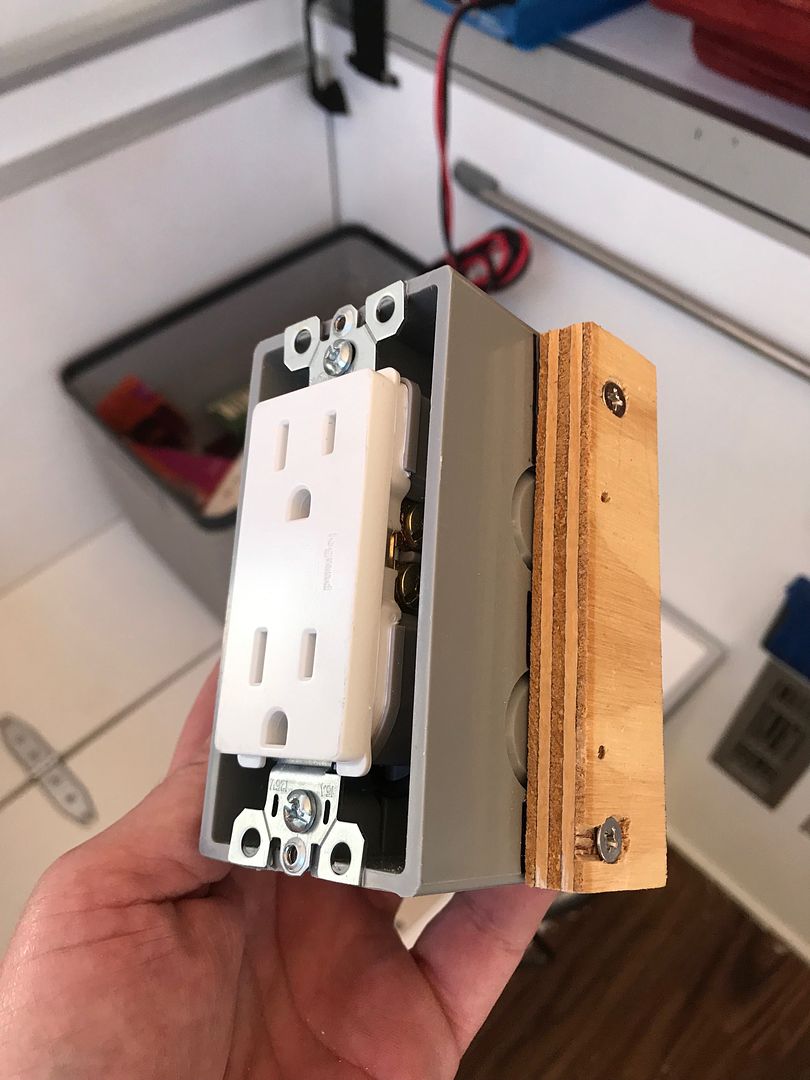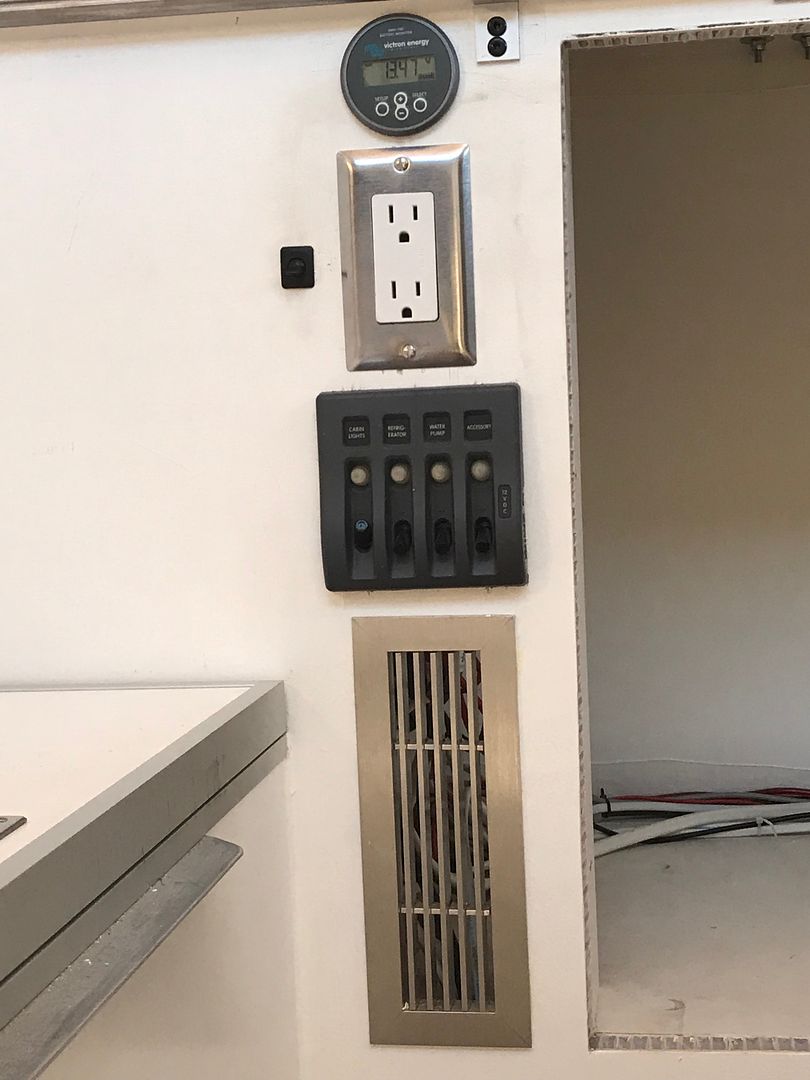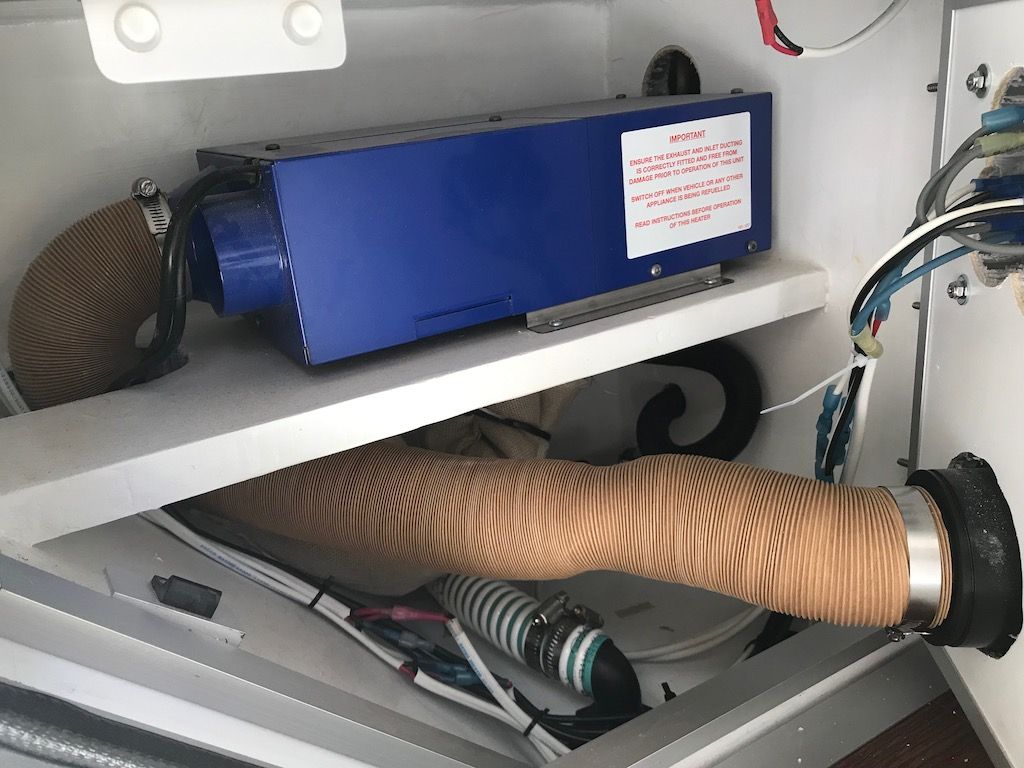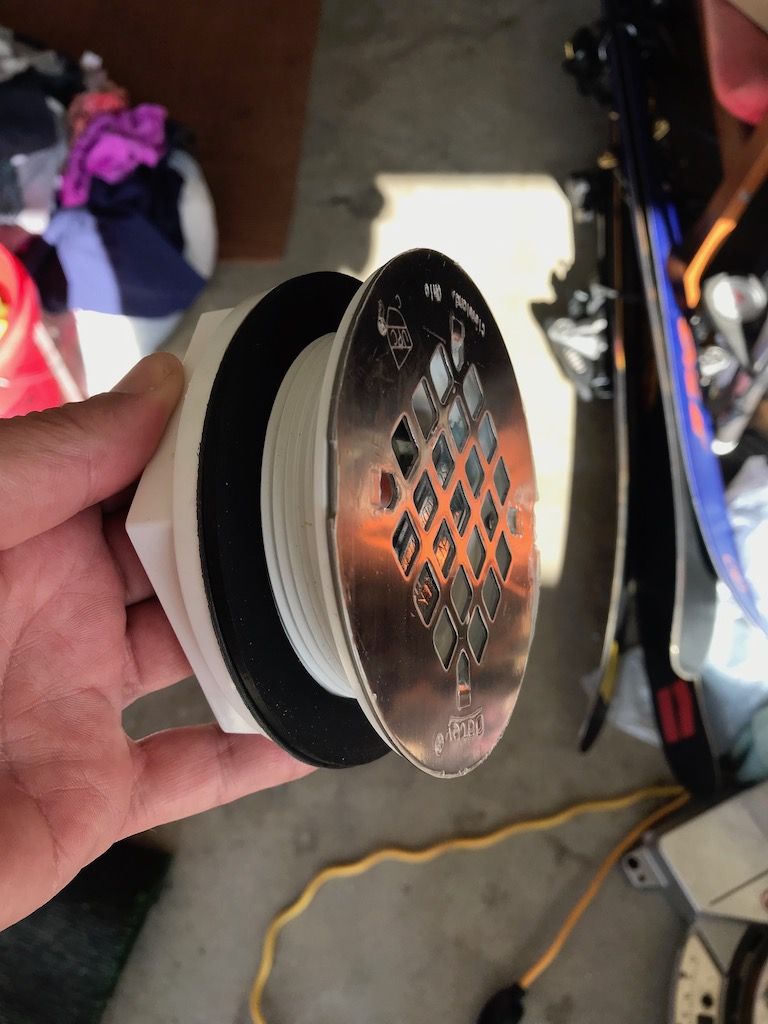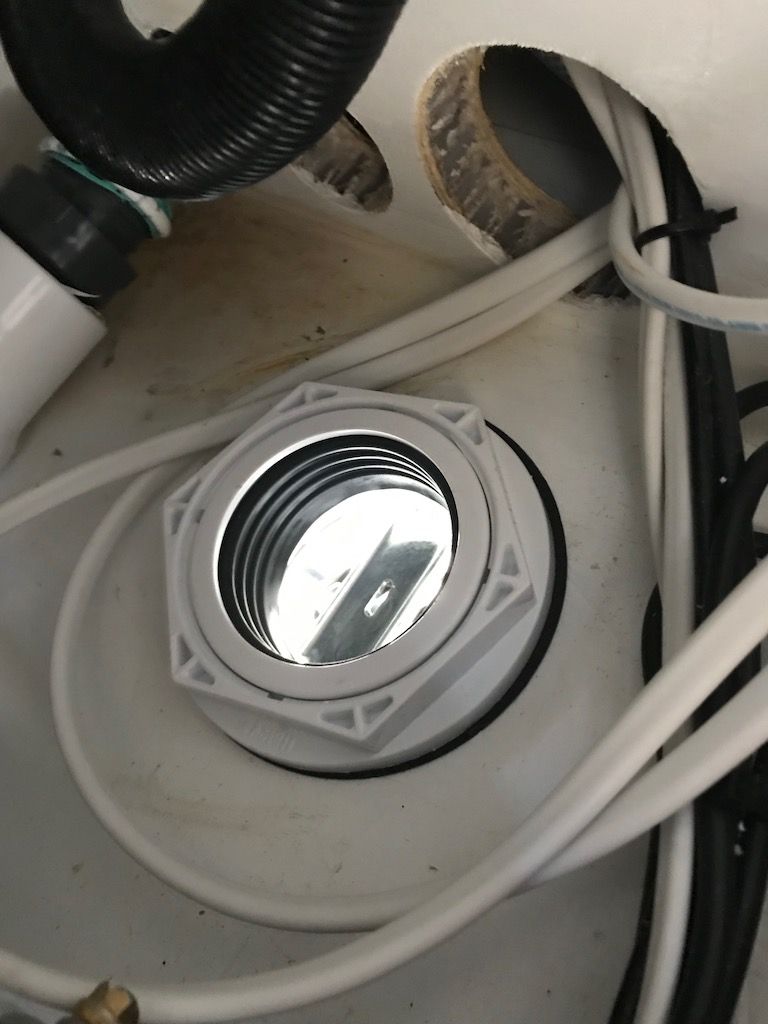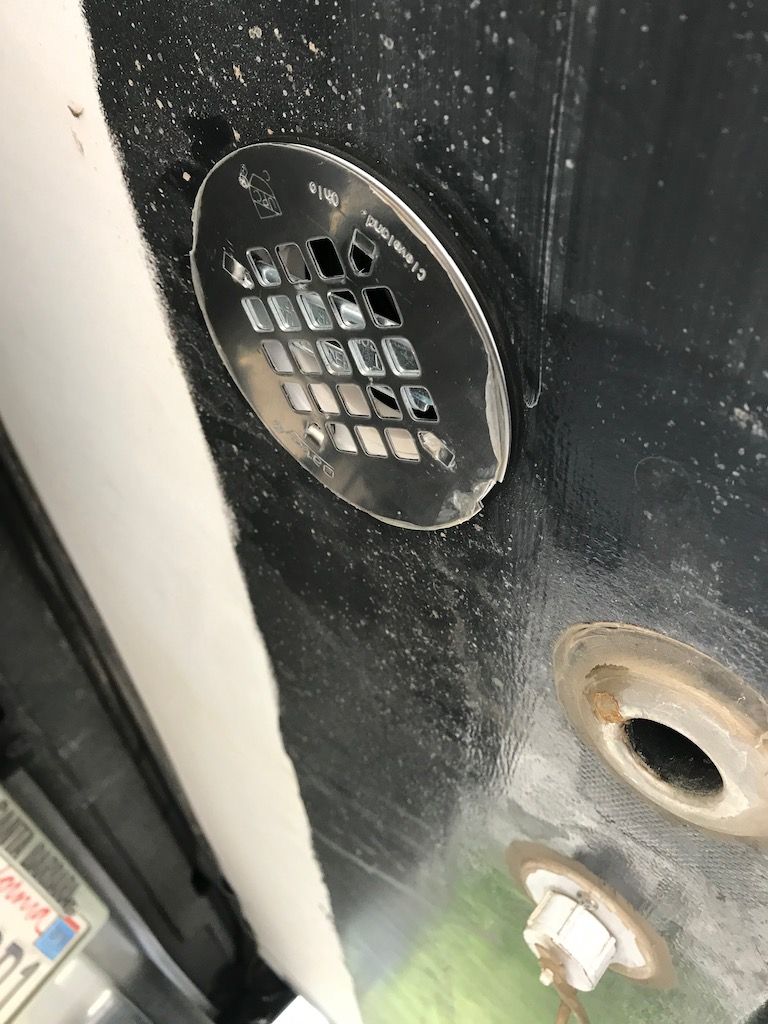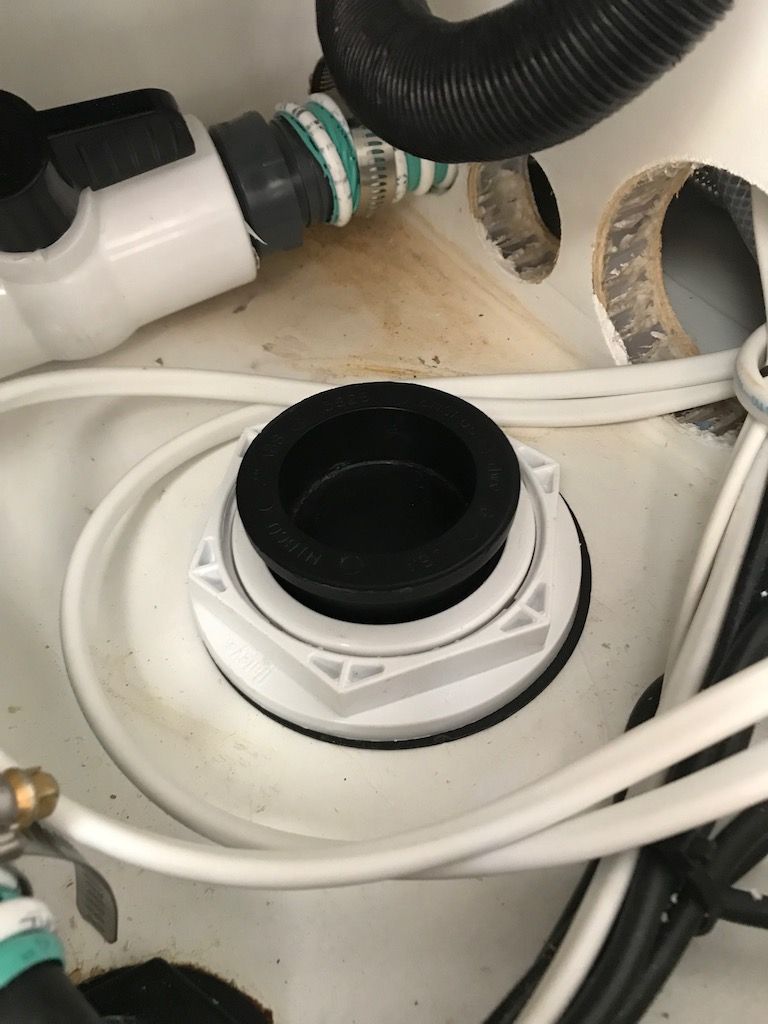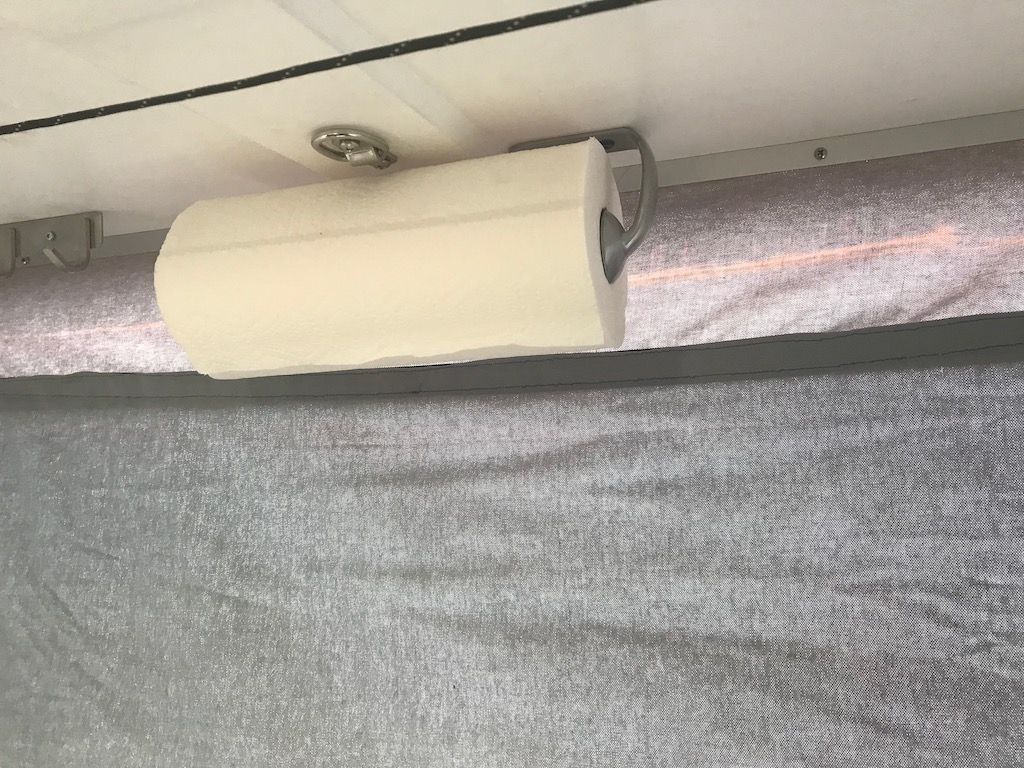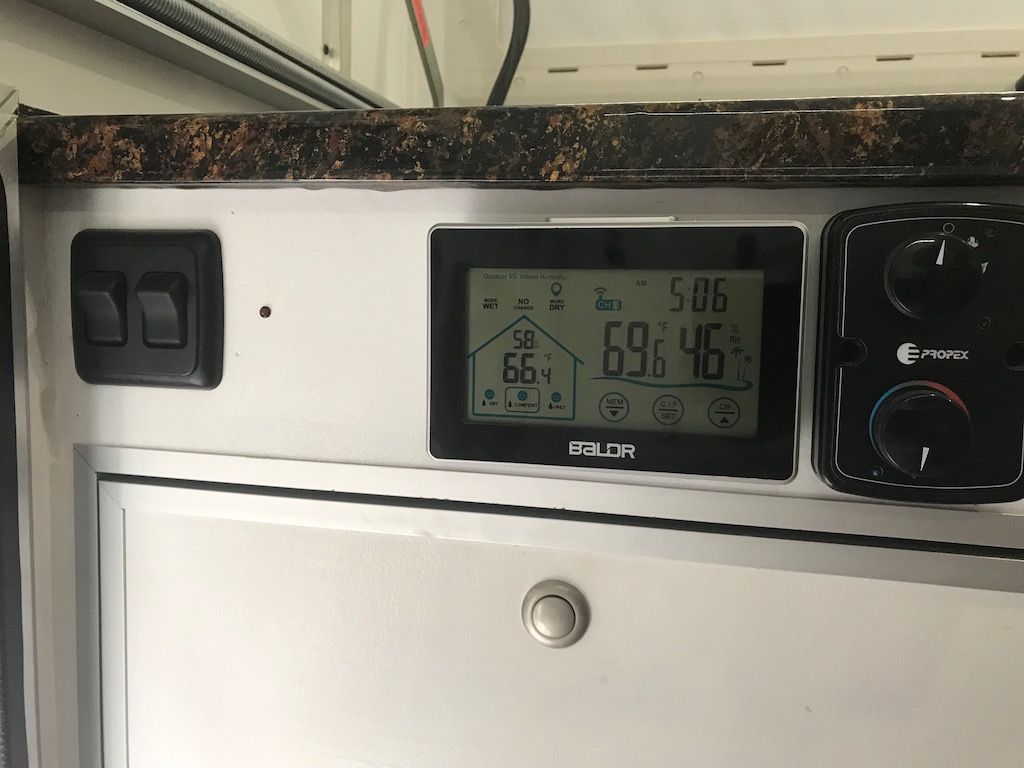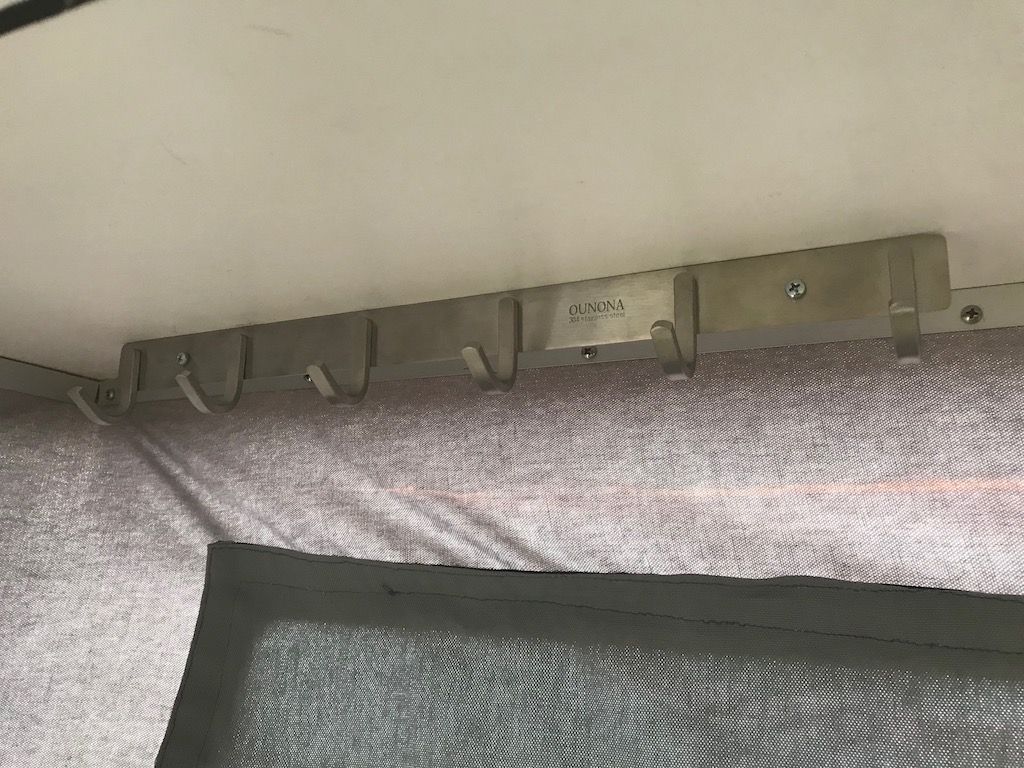CoyoteThistle
Adventurer
I did consider doing fiberglass around the outside corners but judged it to be too much messy work. To do it right, you really need to round the edge (router probably) and then fill the "end grain" of the exposed honeycomb core with thickened epoxy, then sand it all smooth, then apply the fiberglass, then sand/fill to make it smooth. I did this on a few corners inside the camper and it was indeed a pain compared to just doing the aluminum angle. Using foam core panels would make this a couple steps easier.
Fiberglass would likely be stronger than the aluminum angle and would look better (if done carefully). Aluminum gives some extra protection against impacts from branches maybe, but that's the only real advantage other than being a little less work.
Fiberglass would likely be stronger than the aluminum angle and would look better (if done carefully). Aluminum gives some extra protection against impacts from branches maybe, but that's the only real advantage other than being a little less work.




